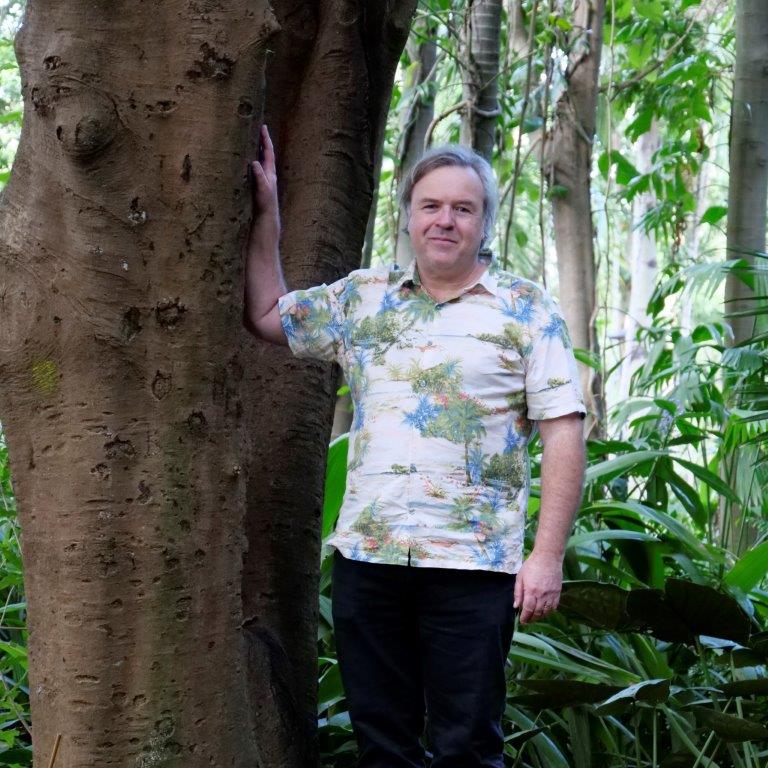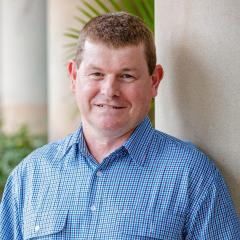The Australian cider industry is securing its future by checking the identity of cider apple varieties grown across Australia after research reveals some may be incorrectly named.
Cider Australia is collaborating with geneticists at Washington State University and the University of Queensland to compare the genetic fingerprints of cider apples in Australian commercial production with global datasets to establish if the varieties are true to type.

Samples are being collected from the extensive cider apple collection at Grove in Tasmania, together with private and publicly-owned orchards in Orange, New South Wales and other sites. Grove has been a primary source of materials for apple propagation and breeding in Australia and overseas for decades.
Cider Australia President Warwick Billings said confirming the identity of cider apples is important for the industry as it expands its plantings of purpose-grown cider fruit which are used to make premium styles of cider.
‘Different cider apple varieties can have wildly different properties and cider makers select and blend varieties to achieve many different styles of cider, said Warwick.
‘This is a fantastic opportunity to connect with global resources – the collaborative worldwide dataset is now at more than 6,000 apple cultivars (i.e. officially named varieties in cultivation) and selections – and to build an appreciation for the wealth of genetic materials held in Australia’, Warwick said.
Samples will be DNA-profiled by the MyFruitTree research lab located at Washington State University’s Department of Horticulture, using SNP genotyping technologies developed for use in US apple breeding programs.
The Grove apple collection has global importance both historically and for current research on apple variety genetics being led by Professor Cameron Peace of Washington State University.
‘Grove is the only known source of several ancestors of worldwide significance and has been very influential in my research in establishing the pedigree relationships and origins of old and new cultivars’, said Cameron.
‘The materials must be preserved so they can be used in breeding of new and improved varieties to address future production needs, and the trees are also critical in genomics research to understand the valuable genetic factors they carry’, Cameron said.
‘As more of the uniqueness and identity of Grove cultivars are revealed, Grove will continue to supply collections and orchards with stock material of valuable Australian heirloom cultivars’, said Cameron
Associate Professor Craig Hardner at the University of Queensland also uses materials from Grove in his genomic research, and is developing a new project that will use the collection as a vital resource for understanding climate changes adaptation and biosecurity resilience.
Cameron noted that some of the rare genetic factors of Australian heirloom cultivars in Grove are in descendant cultivars such as the Granny Smith, Cripps Pink, and Braeburn, while others have not yet been tapped.
‘There are several hundred more cultivars in the Grove collection still to be DNA-profiled and I expect more exciting discoveries when these are tested’, Cameron said.
Media enquiries: Cider Australia executive officer Jane Anderson, office@cideraustralia.org.au, +61 (0)434 559 759, www.cideraustralia.org.au.
This article was republished with permission from Cider Australia.
The Queensland Alliance for Agriculture and Food Innovation is a research institute at The University of Queensland supported by the Queensland Government via the Queensland Department of Agriculture and Fisheries.



